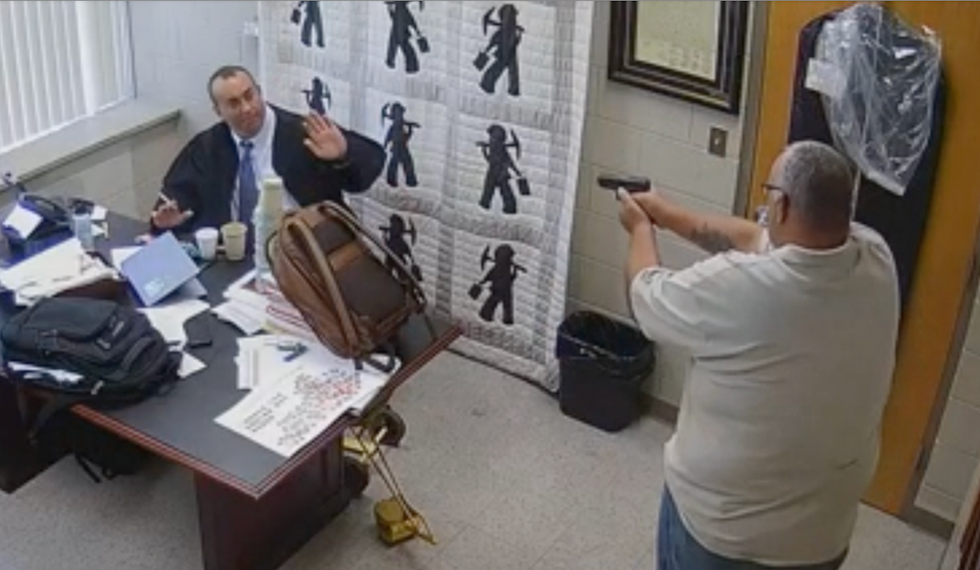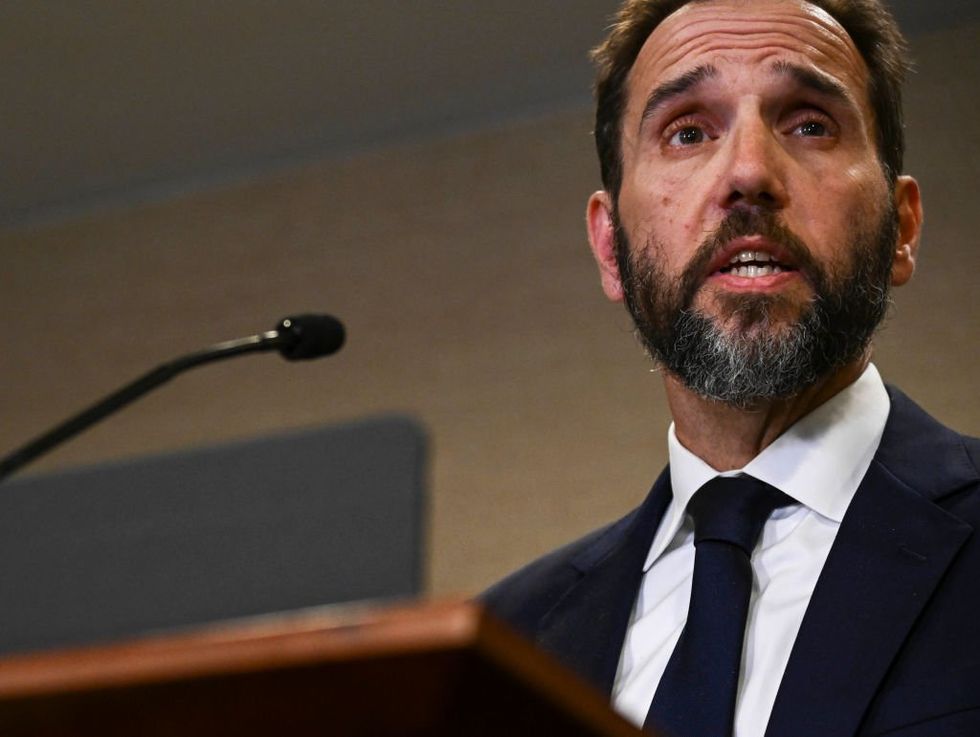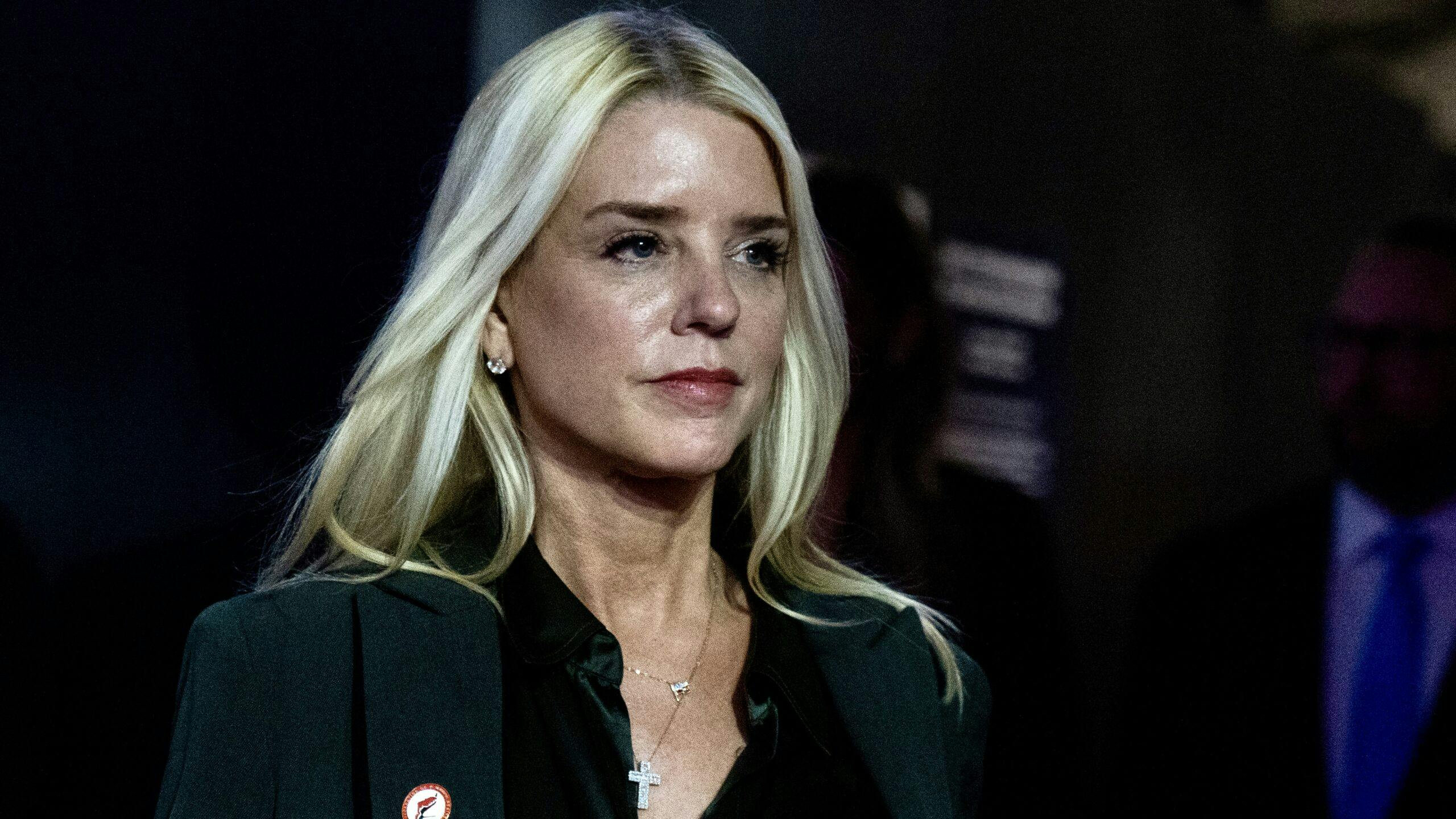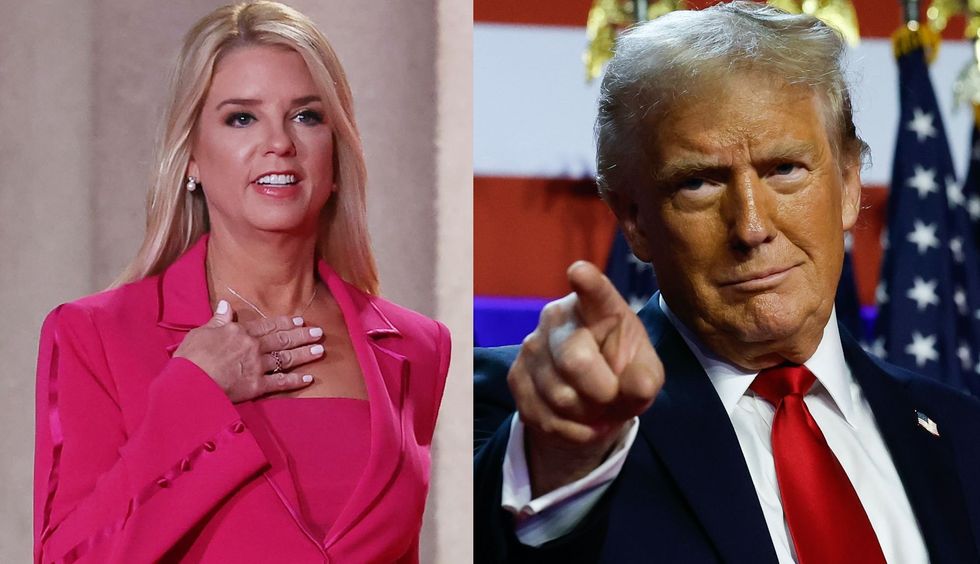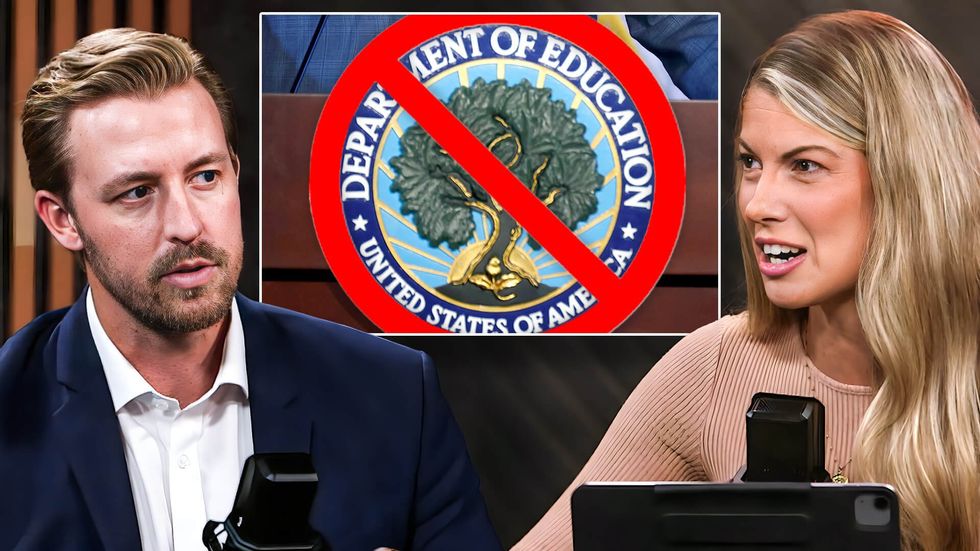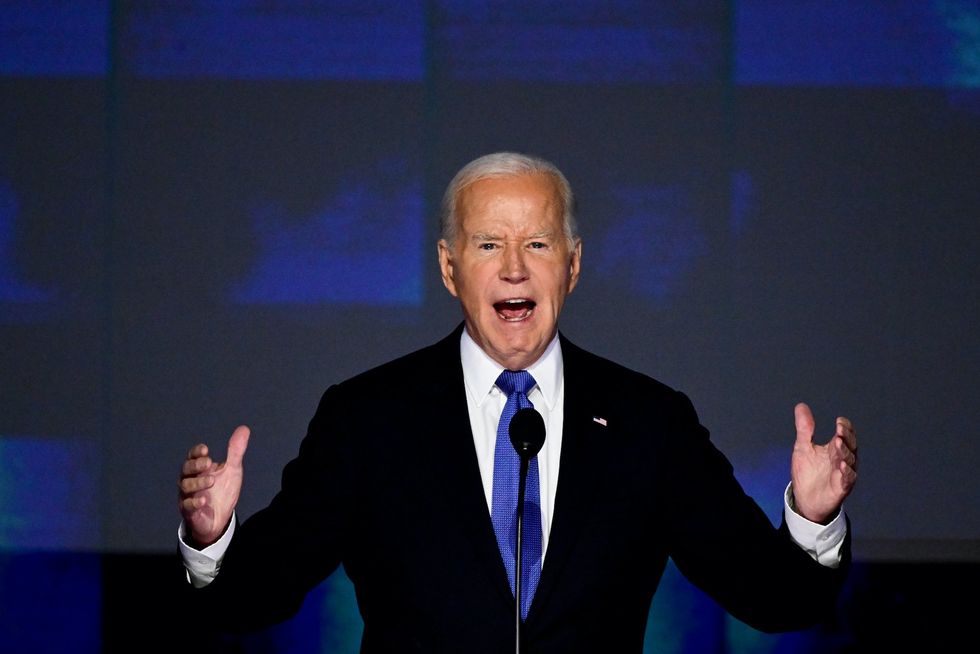Public School Educators Don’t Practice The ‘Inclusivity’ That They Preach
In the 21st century, America’s public education system has emphasized one value over all others: inclusion. There is no more ubiquitous word in the public education system than this. Visit the campus or website of nearly any public school — whether it be an elementary school in rural Alabama or a university in California — ...
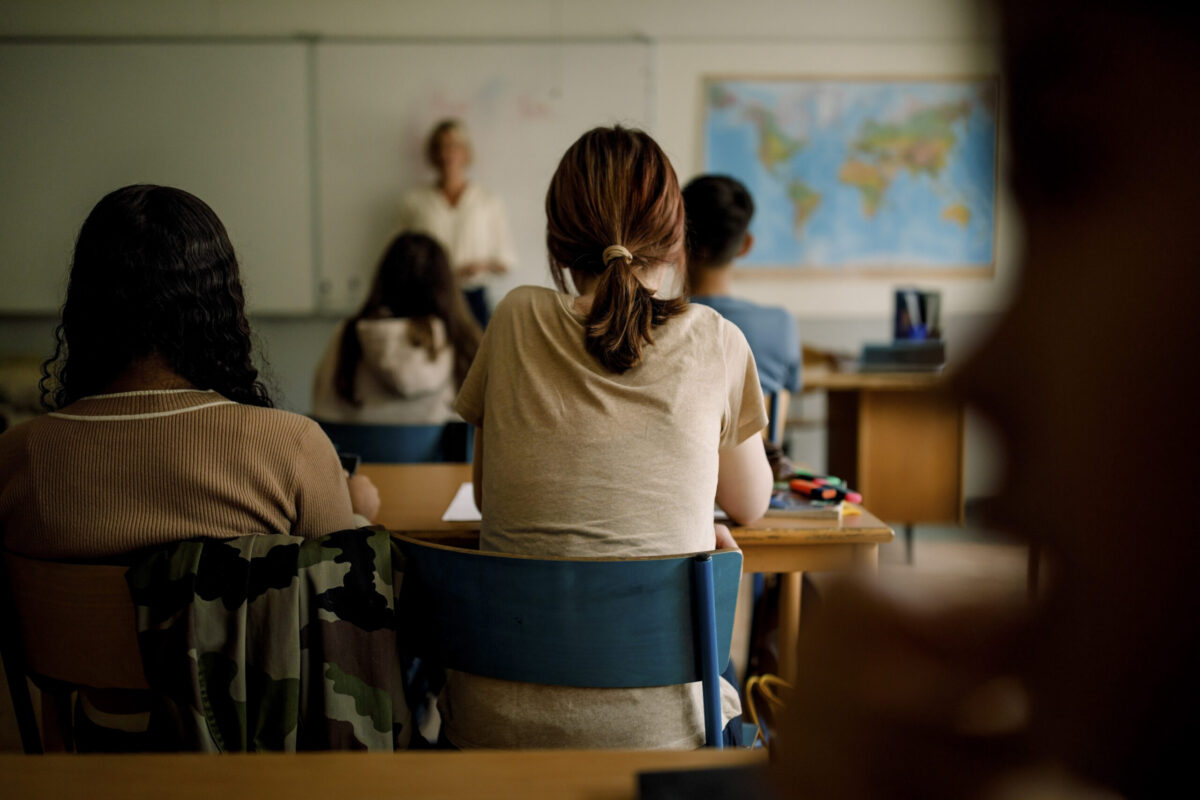
In the 21st century, America’s public education system has emphasized one value over all others: inclusion. There is no more ubiquitous word in the public education system than this. Visit the campus or website of nearly any public school — whether it be an elementary school in rural Alabama or a university in California — and you will be inundated with references to the many permutations of the word. School administrators have spent billions of dollars on so-called inclusivity initiatives.
In fact, most public universities have established departments dedicated to advancing diversity, equity, and inclusion. By the time students graduate from college, they will have been instructed on the importance of “inclusion” countless times. Yet, decades of institutional emphasis on inclusion has not made students themselves more inclusive. America is far more divided on almost every measure than we were 25 years ago. And our disagreements are marked by suspicion and animosity towards people who think differently.
So, the question is: Why? Why did these efforts fail? The answer is simple: Actions speak louder than words. While mouthing the platitudes of inclusion, public school administrators have been simultaneously censoring, shutting down, and punishing anyone who expresses an opinion different than the school-approved orthodoxy. The examples are innumerable.
Middle school student Liam Morrison arrived at his Middleborough, Massachusetts, school one day wearing a T-shirt saying, “There are only two genders.” While his school openly advances the idea that gender is a limitless spectrum — and they encourage students to wear clothing supporting that idea — Liam decided to take a peaceful stance that biology matters when it comes to human sexuality.
For that, school officials first demanded that he remove his shirt. When he declined to take it off, they sent him home. Not long after, the school sent him to the principal’s office again when he wore a shirt saying, “There are [censored] genders.” Liam is currently pursuing an appeal to the U.S. Supreme Court after the U.S. Court of Appeals for the 1st Circuit denied him the right to free speech.
In 2022, Maggie DeJong was a graduate student in Southern Illinois University Edwardsville’s (SIUE) art therapy program. Like most college students in America, Maggie posted on her social media accounts to discuss a variety of hot topics, including religion, politics, COVID-19 restrictions, and more. Maggie also expressed her opinion on these topics in class discussions and private messages to her fellow classmates, often taking a different viewpoint than other students.
Tickets for “Am I Racist?” are on sale NOW! Buy here for a theater near you.
It’s normal to have disagreements. And it’s not unusual to feel hurt by a disagreement, even if the other person has all the best intentions in the world. What is not normal is government officials punishing students for discussing their own opinions.
Yet that’s exactly what SIUE officials did to Maggie when a student complained to the university, which then issued unconstitutional no-contact orders between Maggie and three other students. Alliance Defending Freedom, where I serve as a senior counsel and the director of the Center for Academic Freedom, helped Maggie sue the university. In the settlement in Maggie’s favor in 2023, the university agreed to change its no-contact rule policy and required three professors to undergo free speech training conducted by ADF attorneys.
Punishing people based on their speech isn’t just limited to students. Dr. Allan Josephson is a distinguished child psychologist who once was employed by the University of Louisville. Not only is he well-respected in his field, but he also took the university’s struggling Division of Child and Adolescent Psychiatry and Psychology in 2003 and turned it around.
In 2017, Dr. Josephson was invited by The Heritage Foundation — in his own personal capacity — to speak about children struggling with gender dysphoria. Dr. Josephson cautioned against the rush to treat a child’s discomfort with their sex with irreversible medical procedures (a position that is increasingly being validated by health authorities throughout Europe). But, because his view clashed with other university officials’ positions, the school ostracized and ultimately fired Dr. Josephson. The U.S. Court of Appeals for the 6th Circuit recently ruled in favor of Dr. Josephson, allowing the case to go on to the trial phase.
Schools that preach “inclusivity” are some of the worst offenders when it comes to excluding people for their beliefs — from middle school to graduate school; from students to faculty alike. That is the textbook definition of hypocrisy. Our kids know what it is even if they don’t have the word to define it. And they can tell that it’s wrong.
Kids learn the ABCs of civility from adults — always tell the truth, be open-minded, care for others — and then see their teachers act the exact opposite. This foments resentment and division, not unity. In other words, despite all of the emphasis on inclusion, America’s public schools are creating division, not inclusion.
How do we turn down the temperature of this ever-increasing rage that’s widening the division in our country? It may seem like a large task, but the first step is relatively easy: School officials have to practice what they preach. Inclusivity applies to everyone, not just those who express the government’s approved message. If we must follow the science, then follow the science, even if science disproves your preferred narrative.
And while all ideas must be open for expression (and equally open to question), appropriate boundaries must be drawn for how ideas are put to the test. Universities must enact and enforce rules that neutrally promote peace and civility, not a descent into violence and chaos. If school officials truly want to foster a culture of inclusivity and unity, they must lead by example.
Tyson Langhofer is senior counsel and director of the Center for Academic Freedom with Alliance Defending Freedom (@ADFLegal).
The views expressed in this piece are those of the author and do not necessarily represent those of The Daily Wire.
Originally Published at Daily Wire, World Net Daily, or The Blaze
What's Your Reaction?















